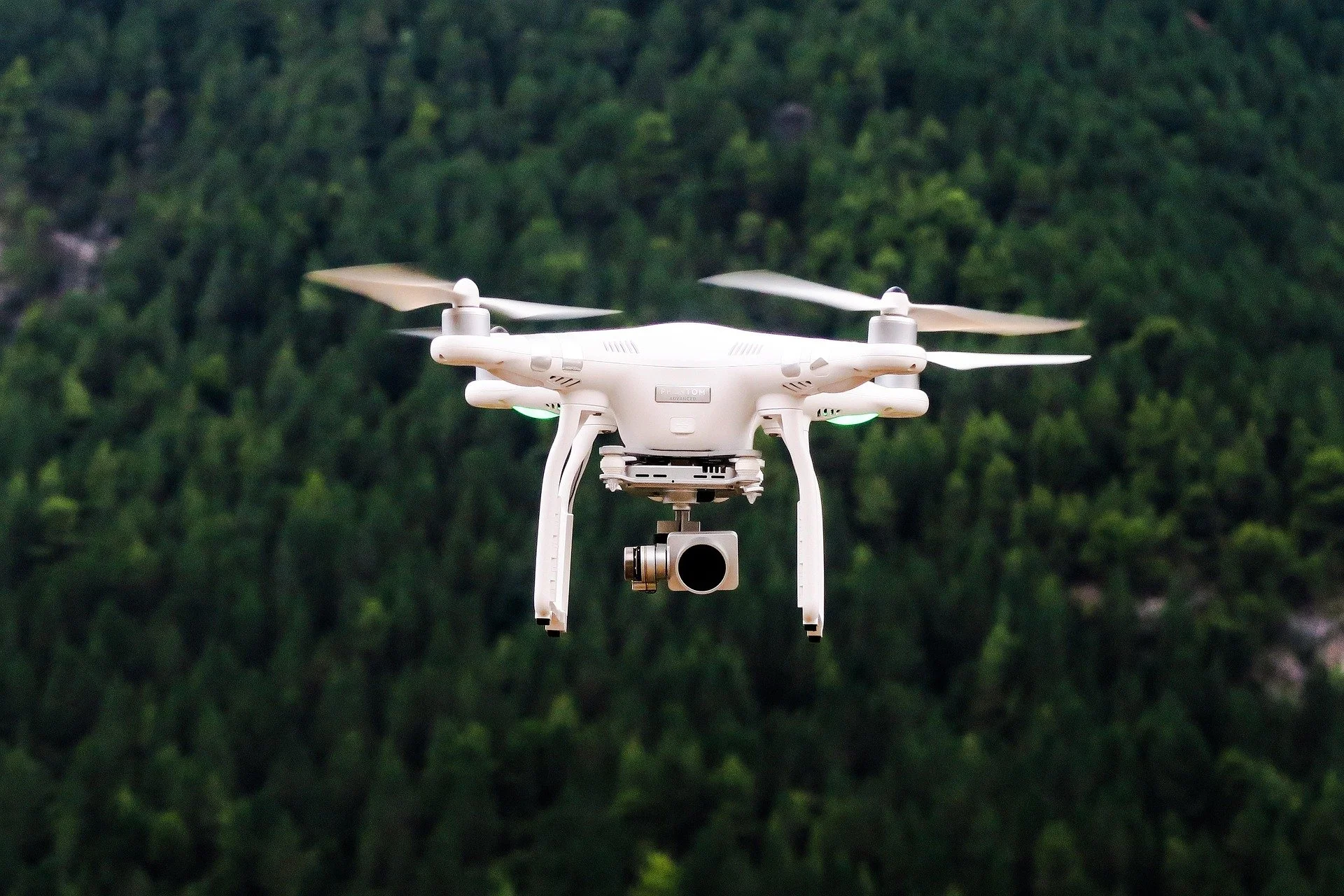Elevating the View: Using Drones for Videography
Liftoff
Cinematic, beautiful, and offering a fresh point of view, these are just a few of the things drones can deliver. Small and agile, these quadcopters open up the skies, allowing us to see the world from an entirely new perspective.
Why Use a Drone?
Drones are remarkable little machines capable of capturing unique vantage points such as sweeping aerials, crowd shots, surrounding landscapes, and breathtaking vistas. With the right technique, they can add cinematic quality to your footage, engaging viewers through dynamic movement and fresh perspectives within a scene.
Getting Started with Drone Videography
Beginning the drone journey is relatively simple. For recreational flying, you must complete a basic drone safety quiz and earn a passing score to obtain a recreational license. We took the FAA-approved Drone TRUST course, which teaches the rules and regulations for recreational drone flying in the United States—where it is safe to fly, how to handle different weather conditions, and more. Once you complete the course and receive your certificate, you may fly in accordance with recreational rules.
Flying drones commercially, however, requires a greater investment of both time and money. To obtain a commercial license, we enrolled in Part 107 Made Easy from Pilot Institute—a more comprehensive course designed for professional use. Following this, there is the actual 107 test, a federally mandated test used to certify drone pilots to fly them commercially.
Of course, learning the rules is only part of the process. We also had to learn how to operate a drone effectively. To start, we purchased the DJI Flip, a lightweight, compact model offering 30 minutes of flight time on a single charge. After several test flights, we began to get a feel for the controls and overall flight behavior. We are still learning, but each new shot shows noticeable improvement.
Applications in Creative Projects
Drones can capture the scope and energy of gatherings and festivals, providing valuable context by showing how different areas of an event connect. They can create dramatic reveals or sweeping overhead shots of venues, products, or landscapes. Ultimately, they are powerful tools for achieving strikingly different perspectives that enhance visual storytelling.
Challenges With Flying
Owning a drone capable of capturing high-quality video is exciting—but not without its challenges. Weather poses significant issues for any filming equipment, but while ground-based gear can be shielded with tarps and sandbags, drones are far more vulnerable. Rain and wind can easily threaten their stability. Strong gusts can blow a drone off course or, in severe cases, knock it out of the sky entirely. A short drop can mean the end of your aircraft.
Lessons Learned & Tips
Always scout your shooting locations in advance to identify safe areas for takeoff, landing, and filming.
Bring spare batteries and memory cards—you never know when you’ll need them.
The DJI Flip does not record audio; even if it did, the rotor noise would overpower everything else. You will need a separate audio source.
Fly slowly and steadily for smoother, more cinematic footage.
Combine drone footage with ground-level shots to create a complete, cohesive story.
Touchdown
Overall, drones complement ground-based videography beautifully, enhancing storytelling with stunning aerial perspectives. They are accessible, versatile, and capable of delivering truly cinematic results.
We encourage you to explore how aerial videography can elevate your own storytelling and filmmaking!


